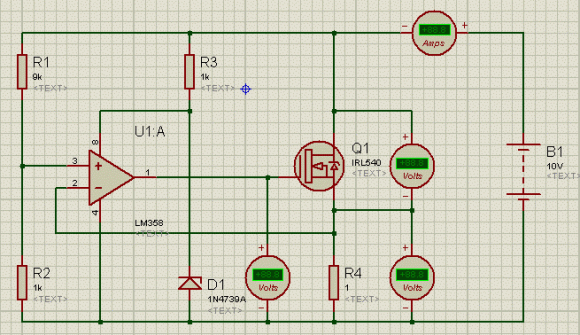
We know that there are already 3D printed hips and knees in use in the medical field, but it takes a story like this one to really bring home the idea of how this technology changes lives. 5-year-old [Liam] is missing parts of his right hand, and this open-source prosthetic hand has given him a jolt of increased function. The video clip after the break shows him on the third day with the device. He’s practicing picking up coins from a stack using the hand. Just $150 in parts, combined with the hard work and good nature of the developers, made this possible.
The design is available on Thingiverse. In addition to the 3D printed parts the prosthesis uses off-the-shelf hardware store items like bungee cord and fasteners. The tips of each finger and the thumb are given some flex and grip by covering each with a rubber thimble.
We love seeing this life-changing technology wielded by basement and garage hackers. Another great example is this scratch-built leg from last May.
Continue reading “3D Printed Prosthetic Hand Helps Out For About $150”












